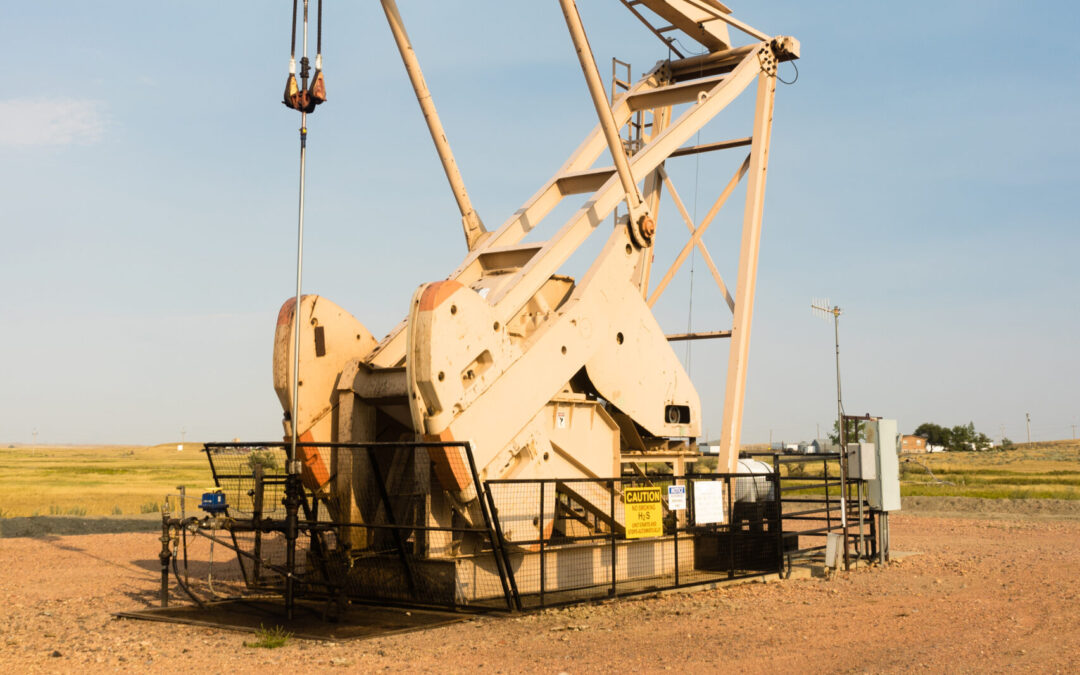Sand production is a common challenge faced by oil and gas operators, which can lead to equipment damage, safety hazards, and reduced production efficiency. To tackle these sand-related issues, implementing effective sand management solutions such as cyclonic sand separators, also called sand traps, is essential. In this article, we will discuss the role of cyclonic sand traps in maintaining optimal oil and gas production, explore their applications, and examine how Tiger Safety Rentals can provide the right sand management solutions for your operation.
Applications of Cyclonic Sand Traps in Oil and Gas Operations
Cyclonic sand traps play a crucial role in various stages of oil and gas production, offering tailored solutions to specific sand-related challenges:
- Flowback Operations: During hydraulic fracturing, large volumes of proppant, such as sand or ceramic particles, are injected into the well. After the fracture is complete, flowback fluids and excess proppant can return to the surface. Cyclonic sand traps can effectively separate and capture the residual proppant during this process, preventing damage to downstream equipment.
- Well Testing: Well testing involves determining the characteristics of a reservoir, including pressure, flow rates, and sand production potential. Cyclonic sand traps can assist in accurately identifying sand production levels and help operators devise suitable sand management strategies.
- Production Facilities: As fluid flows from the reservoir to surface facilities, it may carry sand particles and other solid materials. Cyclonic sand traps can be installed at production facilities to remove these solids, maintaining equipment integrity and protecting components, such as pumps, valves, and flow meters.
- Enhanced Oil Recovery (EOR): In EOR techniques, such as steam injection or water flooding, cyclonic sand traps can be employed to separate sand and other particles from the injected fluids, achieving better reservoir sweep and increasing oil recovery.
Key Design Factors of Cyclonic Sand Traps
When selecting a cyclonic sand trap for your oil and gas operation, consider the following design factors to ensure optimal performance:
- Separator Size and Capacity: The size and capacity of a cyclonic sand trap depend on factors such as flow rate, sand concentration, and fluid viscosity. A properly-sized sand trap ensures effective sand removal and minimal pressure loss across the system.
- Pressure Rating: Cyclonic sand traps must be designed to withstand the pressure levels encountered in the specific operation. Higher pressure ratings may be required for deep, high-pressure reservoirs, while lower pressure-rated separators may be suitable for shallow reservoirs.
- Material Selection: The construction materials of a cyclonic sand trap play a crucial role in its durability and corrosion resistance. Materials such as carbon steel, stainless steel, or duplex stainless steel can be used depending on the operating conditions and fluid corrosivity.
- Inlet and Outlet Configurations: The selection of appropriate inlet and outlet configurations in a cyclonic sand trap can impact its separation efficiency. Vertical or tangential inlets can provide better cyclonic action, while various outlet designs can affect the release of solids and cleaned fluids.
Advantages of Renting Cyclonic Sand Traps from Tiger Safety Rentals
By partnering with Tiger Safety Rentals for your sand management needs, you can benefit from the following advantages:
- Experienced Consultation: Our knowledgeable team can help you determine the most suitable cyclonic sand trap solution for your operation, considering factors such as flow rates, pressure ratings, and anticipated sand production levels.
- High-Quality Equipment: We offer a range of top-quality cyclonic sand traps designed to provide excellent sand separation efficiency while withstanding the harsh environments typically encountered in oil and gas production.
- Customizable Solutions: Tiger Safety Rentals understands that each oil and gas operation is unique. Our customizable sand trap solutions ensure effective sand management tailored to your specific requirements.
- Ongoing Support: Our commitment to your operation extends beyond the initial equipment rental. We provide ongoing support and maintenance services throughout your rental period to ensure optimal equipment performance.
Importance of Monitoring and Preventative Maintenance
Implementing a proactive monitoring and maintenance plan for cyclonic sand traps in your operation is essential for achieving maximum sand separation efficiency and equipment longevity:
- Regular Inspections: Perform routine visual inspections of cyclonic sand traps to identify potential issues, such as erosion, corrosion, or damage to components.
- Particle Size Monitoring: Analyze sand particle sizes and concentrations periodically to ensure the cyclonic sand trap is effectively capturing and removing the solids present in the production flow.
- Cleaning and Maintenance: Regular cleaning and maintenance of cyclonic sand traps can prevent sand build-up, fouling, and blockages, reducing the risk of equipment failure or unplanned shutdowns.
Conclusion
Effectively managing sand production in oil and gas operations is critical for ensuring equipment reliability, maintaining operational efficiency, and protecting worker safety. Cyclonic sand traps provide an effective, reliable solution for separating sand and other solid particles from production flows. By understanding the importance of these separators, considering key design factors, and partnering with Tiger Safety Rentals for your sand management needs, you can enhance your operation’s performance, minimize downtime, and boost productivity. Contact us today to learn more about our comprehensive range of specialized services and oilfield rental equipment tailored to the demanding safety requirements of the oil and gas industry.

